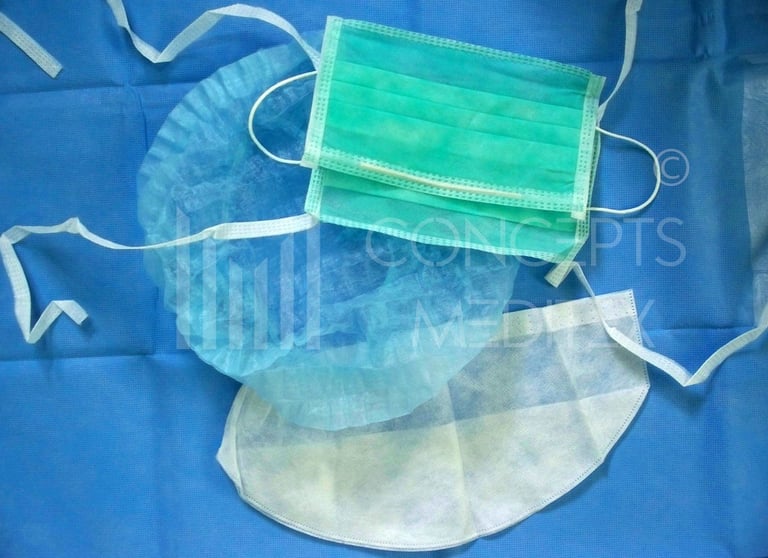
Understanding the Properties of Nonwoven Fabric for Disposable Medical Textiles


The Critical Role of Nonwoven Fabric in Medical Textiles
Nonwoven fabrics play an indispensable role in creating disposable medical textiles such as gowns, sheets, and other protective gear. These materials are designed for single-use applications, significantly reducing the risk of cross-contamination in medical environments. Understanding the properties of nonwoven fabric is essential to optimize its use and ensure the highest level of safety and functionality.
Key Properties of Nonwoven Fabric
Nonwoven fabrics possess several unique properties that make them suitable for disposable medical textiles:
1. Barrier Protection: Nonwoven fabrics act as an effective barrier against bacteria, viruses, and other contaminants. This is particularly crucial for medical textiles designed to prevent infection during surgical procedures.
2. Breathability: These fabrics allow air to circulate while blocking particulate matter, providing comfort to the wearer without compromising on protection.
3. Absorbency: Nonwoven materials can be engineered to absorb fluids efficiently, making them ideal for medical textiles that need to manage bodily fluids.
Technical Knowledge for Effective Usage
Having a thorough understanding of the technical aspects of nonwoven fabrics is crucial for anyone involved in manufacturing or using disposable medical textiles:
1. Material Composition: Nonwoven fabrics can be made from various materials such as polypropylene, polyester, and rayon. Each material has specific properties that influence the fabric's performance, cost, and suitability for different applications.
2. Manufacturing Techniques: There are several methods to produce nonwoven fabrics, including spunbond, meltblown, and wet-laid techniques. Each process can affect the fabric's texture, strength, and other critical properties.
3. Quality Standards: Adhering to stringent quality standards is vital for producing reliable medical textiles. Regulatory bodies often set these standards to ensure the safety and efficacy of medical products.
Conclusion
Understanding the properties of nonwoven fabric is fundamental for the effective use of disposable medical textiles. From gowns to sheets, the right fabric choice can make a significant difference in maintaining hygiene, comfort, and safety in healthcare settings. Technical knowledge about material composition, manufacturing techniques, and quality standards is essential for optimizing the performance of these crucial medical products.
